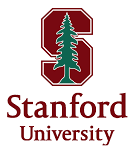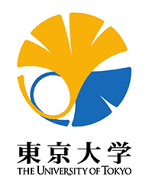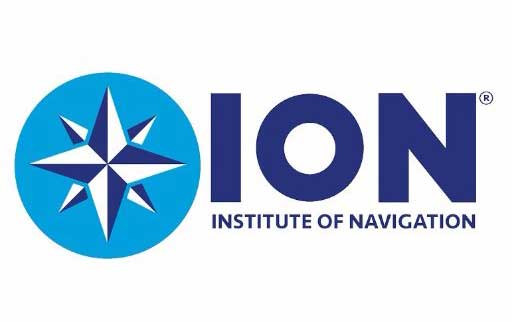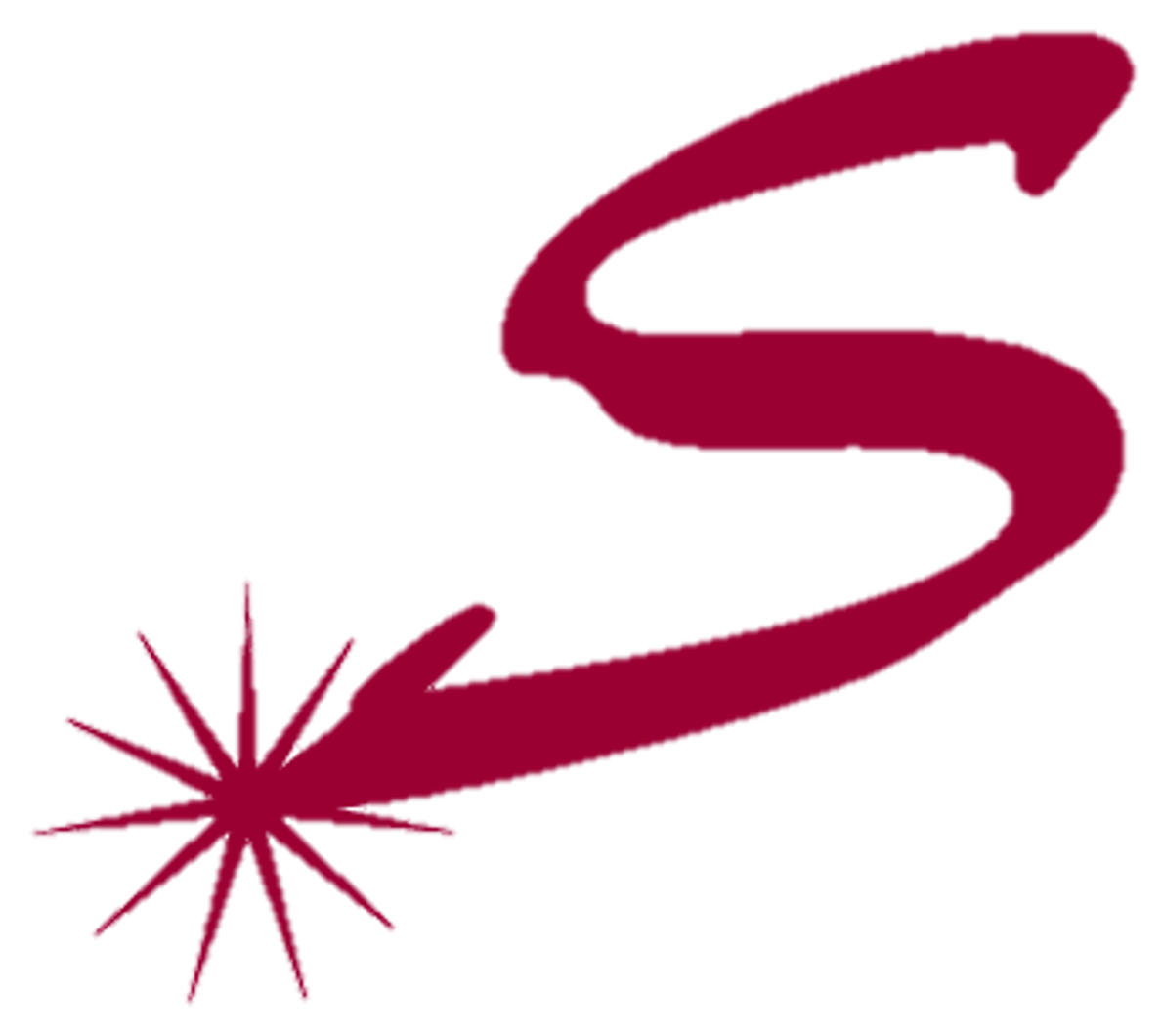About Me
I am a Ph.D. candidate in Aeronautics and Astronautics at Stanford University, working in the Navigation and Autonomous Vehicles (NAV) Lab under the supervision of Professor Grace Gao. I will be on the academic job market this year.
Please see my CV (last updated at Dec 2025) for additional details and recent publications.
Research Directions
My research develops positioning, navigation, and timing (PNT) algorithms for a “Lunar GPS”—a satellite navigation system to support the next generation of lunar exploration. We are entering a transformative era of space exploration in which NASA and international partners are building LunaNet, an interoperable lunar network that will deliver PNT and communication services across the Moon.
Designing “Lunar GPS” presents unique technical challenges. Lunar navigation satellites must achieve precise orbit determination and time synchronization (ODTS) despite limited ground infrastructure and tight size, weight, and power (SWaP) constraints. Signal structures and ephemeris parameterizations suitable for lunar orbits remain undefined, and the system must ensure interoperability and integrity among multiple service providers with minimal ground monitoring.
My dissertation addresses these challenges through four main thrusts:
- Orbit Determination and Time Synchronization (ODTS) - I develop filtering algorithms to estimate lunar navigation satellite orbits and clock offsets using weak terrestrial GNSS signals that spill into cislunar space. These methods exploit time-differential carrier-phase (TDCP) measurements and advanced ionospheric/plasmaspheric delay mitigation to overcome poor geometry and low signal power.
- Precise Positioning and Timekeeping in a Lunar Orbit via Terrestrial GPS Time-Differenced Carrier-Phase Measurements”, NAVIGATION, 2024
- Ionospheric and Plasmaspheric Delay Characterization and Mitigation Methodologies for Lunar Terrestrial GNSS Receivers, ION GNSS+, 2025, Best Presentation of the Session
- Ephemeris Design for Lunar Satellites - I propose compact almanac and ephemeris parameterizations capable of fitting elliptical lunar orbits while meeting LunaNet message size and accuracy requirements.
- Ephemeris and Almanac Design for Lunar Navigation Satellites, under review at IEEE TAES
- Satellite Ephemeris Parameterization Methods to Support Lunar Positioning, Navigation, and Timing Services, NAVIGATION, 2024 (Best Presentation of the Session at ION GNSS+ 2023)
- Constellation and Deployment Optimization - I created a staged-deployment optimization framework that co-designs hybrid Walker constellations and launch schedules. The framework expands coverage from south-pole to global service while accounting for positioning accuracy, satellite lifetime, and robustness to failures.
- Constellation Design and Staged Development for the Lunar Navigation Satellite System, ION GNSS+, 2025
- Trade-off Analysis for Lunar Augmented Navigation Service (LANS) Constellation Design, under review at NAVIGATION
- Integrity Monitoring and Fault Detection - I designed a satellite clock fault detection and exclusion algorithm that uses inter-satellite ranging. Using graph-rigidity theory, the algorithm identifies and isolates faults without relying on prior ephemeris information or surface monitoring.
- Satellite Autonomous Clock Fault Monitoring with Inter-Satellite Ranges Using Euclidean Distance Matrices, Under review at NAVIGATION (Best Presentation of the Session at ION GNSS+ 2024)
My work has received multiple awards at ION GNSS+, the world’s largest GNSS conference, and has been cited by researchers at NASA, ESA, and JAXA, contributing directly to the ongoing realization of LunaNet.
Before and during my Ph.D., I worked with several leading space research groups on projects related to lunar and Martian exploration:
- University of Tokyo – I earned B.E. and M.E. in Aerospace Engineering. At Intelligent Space Systems Laboratory (ISSL), I contributed to thermal design and on-board software for EQUULEUS, a 6-U lunar CubeSat that successfully completed a lunar flyby in 2022. I also researched satellite configurations and autonomous operation strategies for a Lunar Navigation Satellite System (LNSS), pioneering work that helped enable a JAXA–ArkEdge Space lunar navigation development contract.
- Georgia Tech Space Systems Optimization Group (SSOG) - In collboration with SSOG, I developed deep reinforcement learning algorithms for autonomous lunar landing site selection and guidance (Paper: AAS/AIAA ASC 20).
- Stanford Space Rendezvous Lab (SLAB) - Investigated multi-agent, vision-based angles-only navigation in lunar orbit for potential extensions of NASA’s Starling mission (Paper: ION ITM 22).
- NASA Jet Propulsion Laboratory (Section 332H) - Worked on constellation design and orbit determination simulations for next-generation Mars navigation and communication relay networks (Paper: IEEE AeroConf 25).
Education
Ph.D. Candidate in Aeronautics and Astronautics, Stanford University
Research Topic: Lunar Positioning, Navigation, and Timing (PNT)
2021.9 ~ 2026.6 (Expected)
M.E. in Aeronautics and Astronautics, The University of Tokyo
Thesis: System Design and Autonomous Orbit Determination Strategy for Lunar Navigation Satellite System
2021
B.E. in Aeronautics and Astronautics, The University of Tokyo
Thesis: Navigation Satellite Constellation and Monitoring Station Arrangement for Lunar Global Navigation Satellite System (LGNSS)
2019
Fellowships & Awards
ION GNSS+ Best Presentation of the Session
2025: Ionospheric and Plasmaspheric Delay Characterization and Mitigation Methodologies for Lunar Terrestrial GNSS Receivers (1st-author)
2024: Autonomous Constellation Fault Monitoring with Inter-satellite Links: A Rigidity-Based Approach (1st-author)
2023: Satellite ephemeris approximation methods to support lunar positioning, navigation, and timing services (2nd-author)
2025, 2024, 2023
Lunar Autonomy Challenge Top Prize
As a Stanford NAV LAB Team (1st out of 31 teams)
2025.5
Student Registration Grant for ION ITM 2022
For the paper 'Autonomous Distributed Angles-Only Navigation and Timekeeping in Lunar Orbit'
2022.1
Stanford University Aero/Astro Department Fellowship
1-year tuition and stipend
2021.9 ~ 2022.8
Nakajima Foundation Study Abroad Fellowship
2-year tuition and 5-year stipend
2021.9 ~ 2023.8
2019.9 ~ 2021.8
Overall Winner at ARLISS 2017
2017.9
Research Experience
NAV Lab
Research: Lunar PNT
Supervisor: Grace Gao
2022.5 ~ Present
NASA Jet Propulsion Laboratory (332 H)
Research: Constellation design and orbit determination of communication + PNT constellation to support future human missions on Mars
Supervisor: Kar-Ming Cheung
2024.7 ~ 2024.9
Space Rendezvous Lab
Research: Angles-only navigation
Supervisor: Simone D’Amico
2021.9 ~ 2022.4
Intelligent Space Systems Laboratory
Research: Lunar Navigation Satellite System, SmallSat development
Supervisor: Ryu Funase, Shinichi Nakasuka
2018.4 ~ 2021.9
Please see here for further information.
Teaching Experience
Graduate TA of graduate course AA272: Global Positioning System
2024 Fall, 2025 Fall
Graduate TA of undergraduate course: Astrodynamics
2019.9 ~ 2020.3
Mentorship
- Matthias Kura Stanford University 2025.9-
- Vivian Sattler Stanford University 2025.9-
- Kaila Coimbra Stanford University 2024.9-
- Guillem Casadesus Vila Stanford University 2023.1-
- Marta Cortinovis Stanford University 2023.1-2024.8
- Guillem Rueda Oller Stanford University 2022.9-2023.3
Publications
Please see here
Contact
kiiyama{at}stanford.edu
Recent News
- Sep.14 2025 An article about Lunar PNT research in Stanford NAV Lab is available at the latest issue of Inside GNSS
- GNSS Solutions: Developing a sustainable lunar navigation architecture (page 18 – 27)
- Sep.14 2025 Presented two papers at the ION GNSS conference. Please see the publications page for details
- The paper “Ionospheric and Plasmaspheric Delay Characterization and Mitigation Methodologies for Lunar Terrestrial GNSS Receivers” received the Best Presentation Award of the session
- May.15 2025 Our team won the Lunar Autonomy Challenge!
- Apr.11 2025 Four papers were accepted for the ION GNSS+ Conference!
- Nov.20 2024 Presented for the ION Webinar “Webinar: Satellite Ephemeris Parameterization Methods to Support Lunar Positioning, Navigation, and Timing Services”.
- The recording is available here
- Sep.20 2024 Presented a paper at the ION GNSS+ 2024 Conference. Please see the publications page for details
- The paper “Autonomous Constellation Fault Monitoring with Inter-satellite Links: A Rigidity-Based Approach” received the Best Presentation Award of the session
- Mar 11.2024 Updated my publication page. Now you can see the Abstracts and BibTex.
- Mar.6 2024 Presented our paper “Contact Plan Optimization and Distributed State Estimation for Delay Tolerant Satellite Networks” in the IEEE Aeroconf! [Paper] [Slides]
- Feb.16 2024 Our paper “Precise Positioning and Timekeeping in a Lunar Orbit via Terrestrial GPS Time-Differenced Carrier-Phase Measurements” in now available in NAVIGATION!










